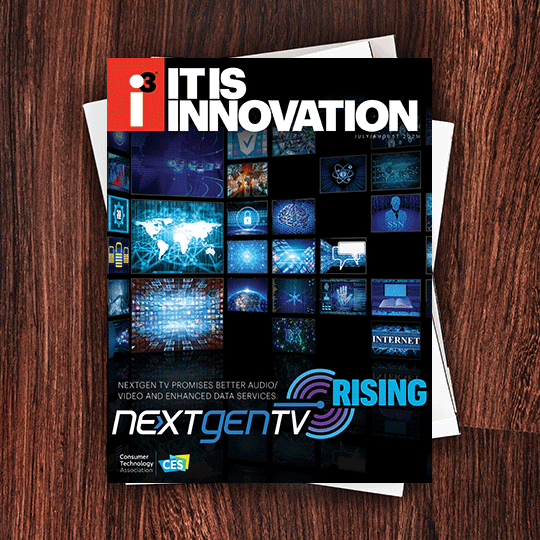Internet and mobile are now the most important channels.Robert Tercek
These structural revisions come during tremendous media industry upheaval, aided by the pandemic’s effect on viewing patterns. For example, IndieWire, a trade publication, ran the headline “This Was the Week That Movie Studios Finally Lost Control of the Industry.” It characterized the situation as one in which “movie studios are no longer in charge of Hollywood.”
Robert Tercek, founder and CEO of General Creativity, a Los Angeles consultancy, cited the changes as proof that "TV is just another app that runs on somebody else's platform." Tercek, whose book “Vaporized” explores the reinvention of legacy industries including the overhaul of entertainment and media, contends that “content is king” is no longer accurate.
“Today it’s all about the platform and the marketplace plus application programming interfaces and monetization,” Tercek says. “Internet and mobile are now the most important channels; theatrical release is not as significant as it was pre-pandemic.” He says traditional filmmakers want to open their movies in theaters and that the new platform moguls can “indulge that.”
Tercek explains Netflix has a stake in such prestigious movie theaters as the Egyptian Theater on Hollywood Boulevard and the Paris Theatre in Manhattan, which enable the streaming behemoth to guarantee a glamorous opening night for its films and qualify them for Oscar consideration.
Another unknown in the distribution formula is the dominance of streaming video subscriptions. A Parks Associates survey in June 2021 found that 82% of U.S. broadband households subscribed to at least one OTT (over-the-top) video service, up from 76% in 2020 and way above the 64% level in 2018.
Cynics are seeing a decline in streaming revenues. An Antennas Direct study found most subscribers expect to cut back on the services they buy because of the “strain on household budgets.” The survey found that 21% of homes pay more than $100 per month for streaming subscriptions, and another 25% spend more than $130 monthly. The report indicates most respondents spend less than $50 per month.
In the Antennas Direct study, of those who plan to reduce their monthly plan, 86% of viewers said they’ll travel with their savings, 66% said they’ll dine out and 71% cited a “wedding or life event.” However, “Going to a movie theater” didn’t show up as significant

I3, the flagship magazine from the Consumer Technology Association (CTA)®, focuses on innovation in technology, policy and business as well as the entrepreneurs, industry leaders and startups that grow the consumer technology industry. Subscriptions to i3 are available free to qualified participants in the consumer electronics industry.